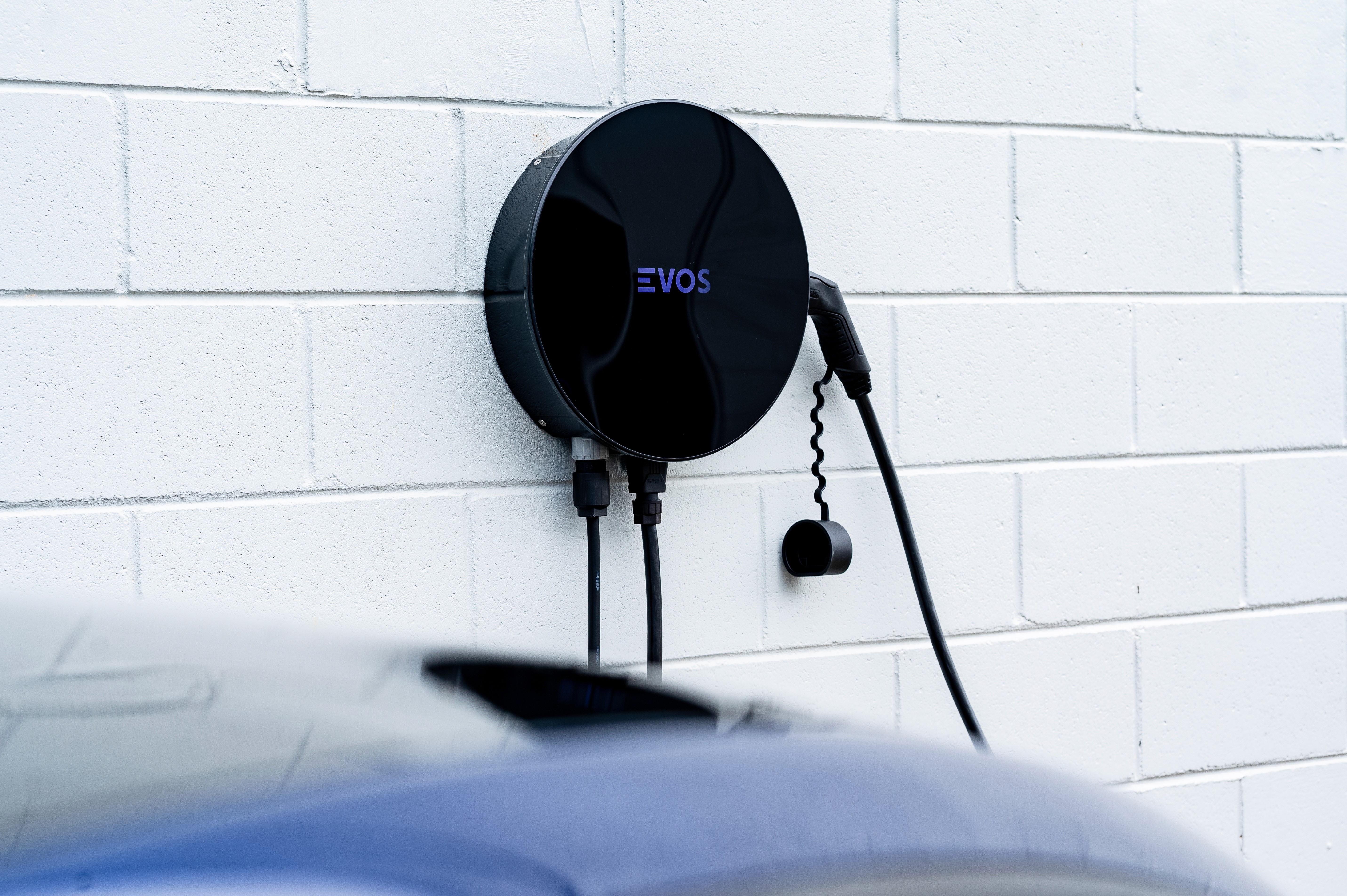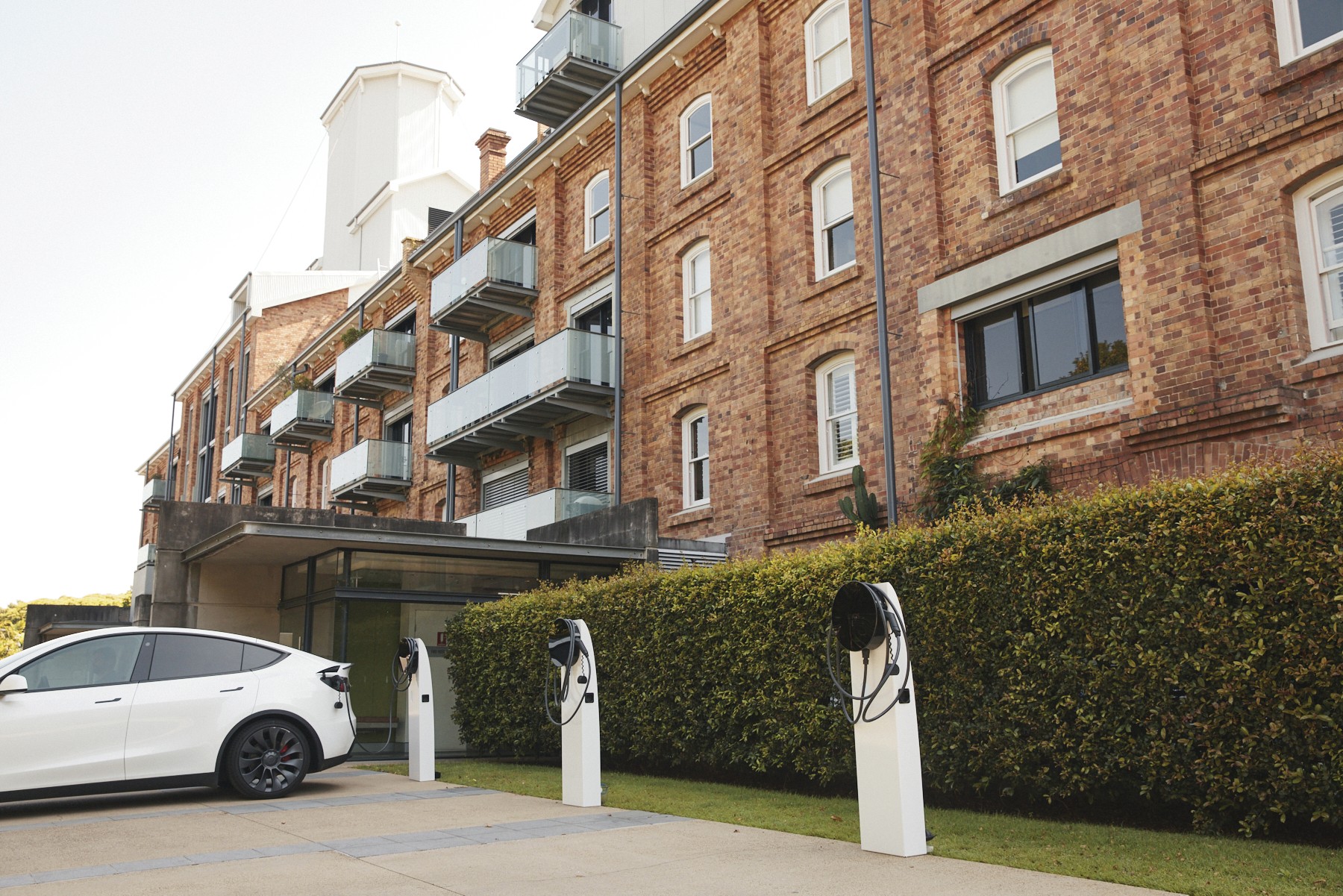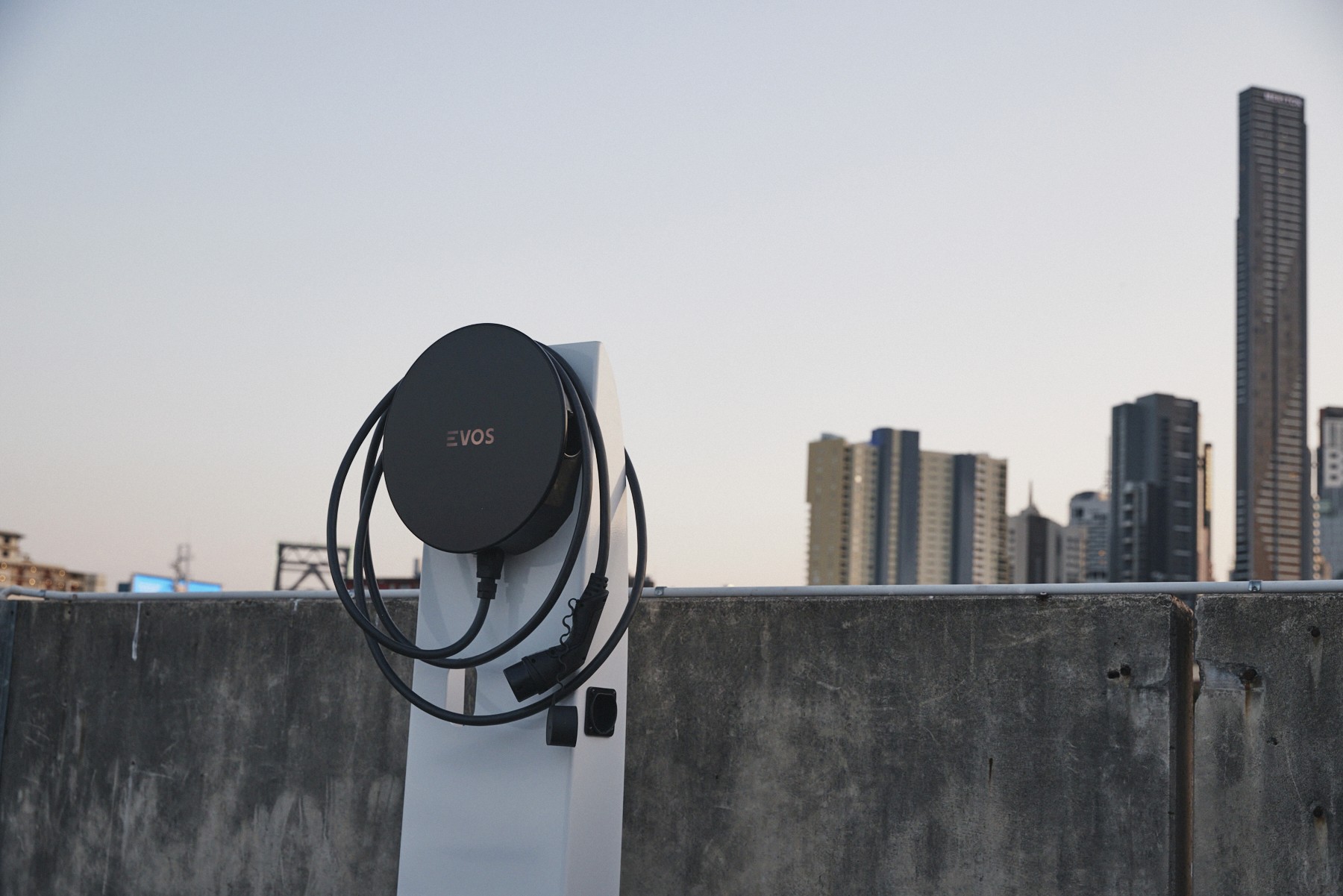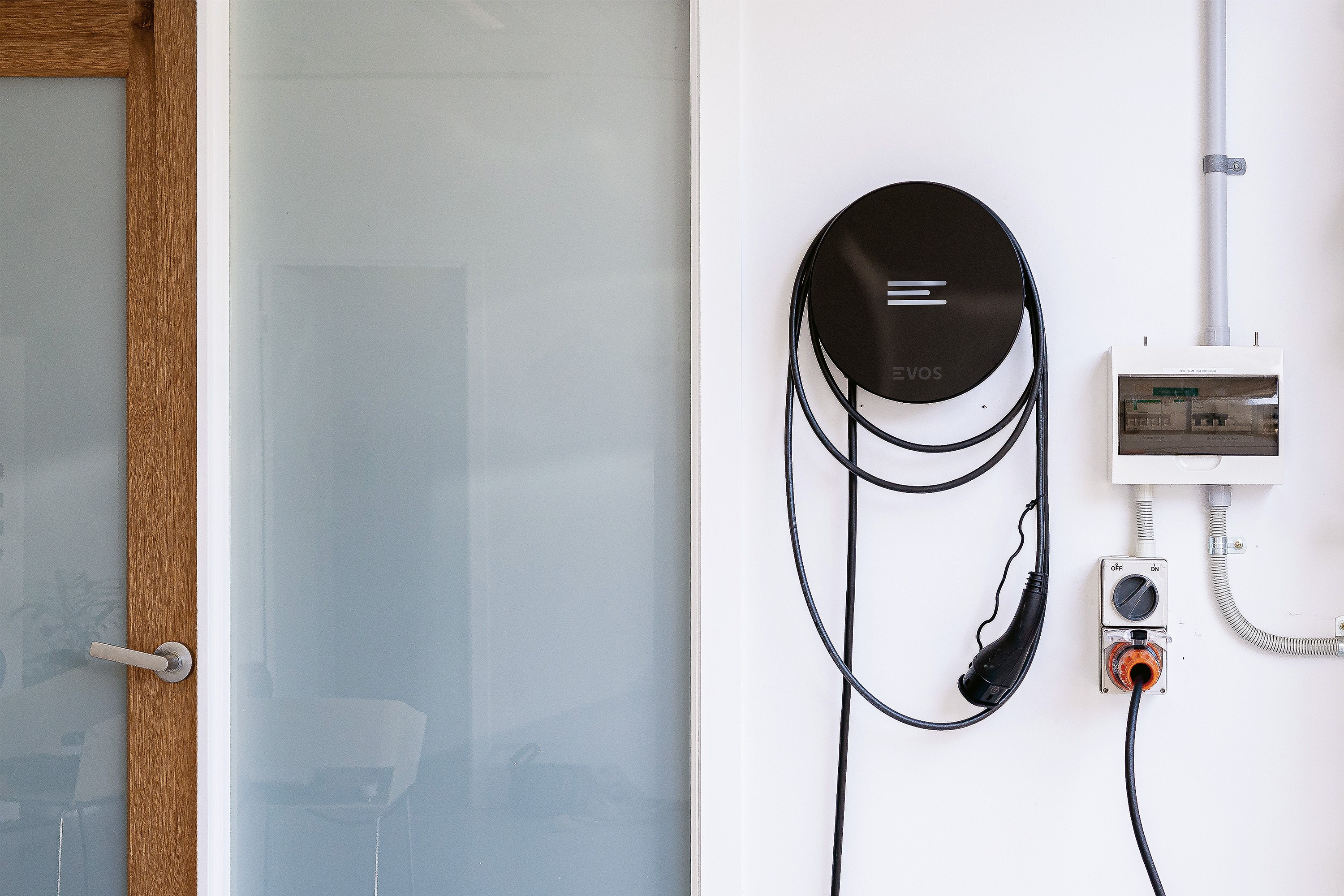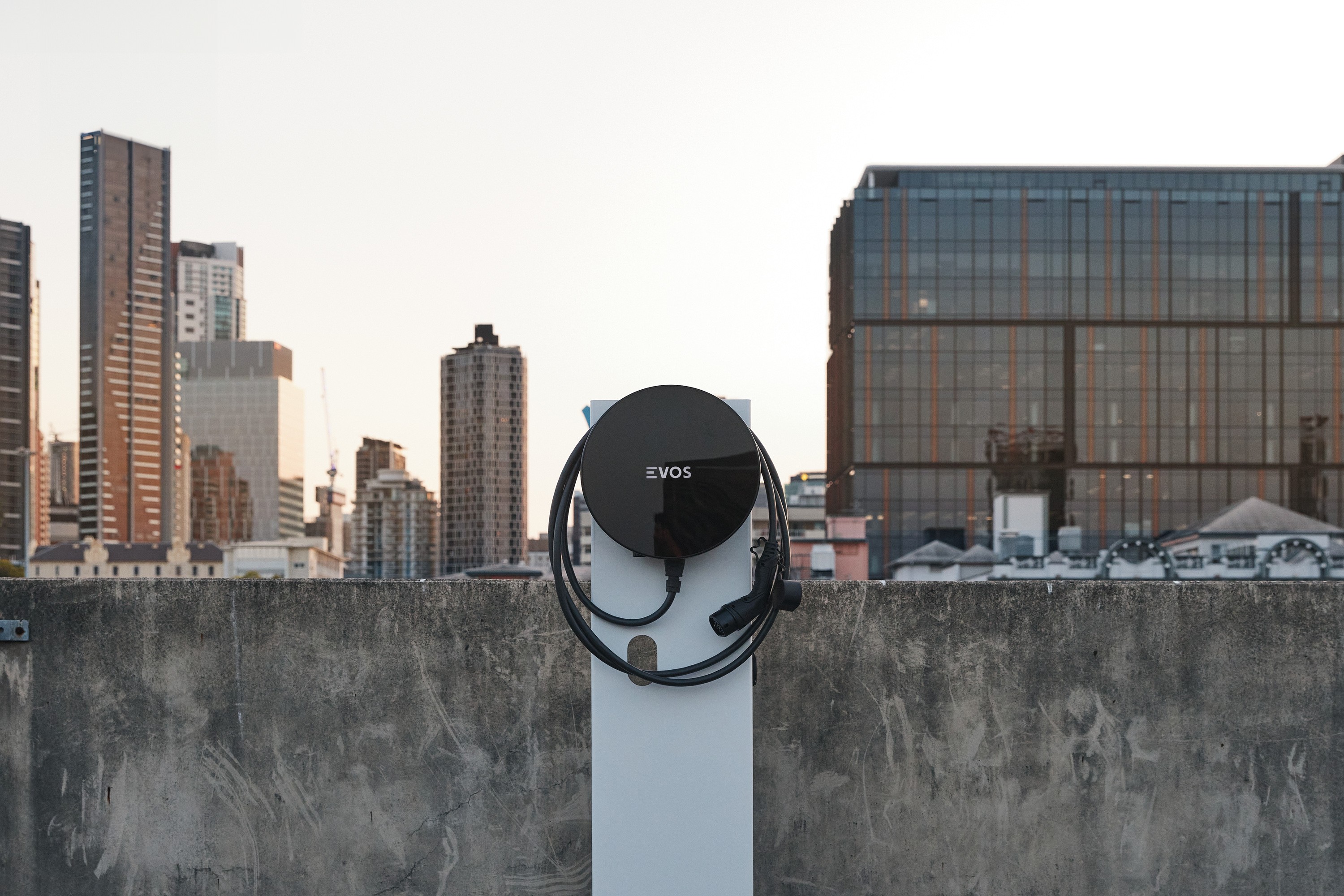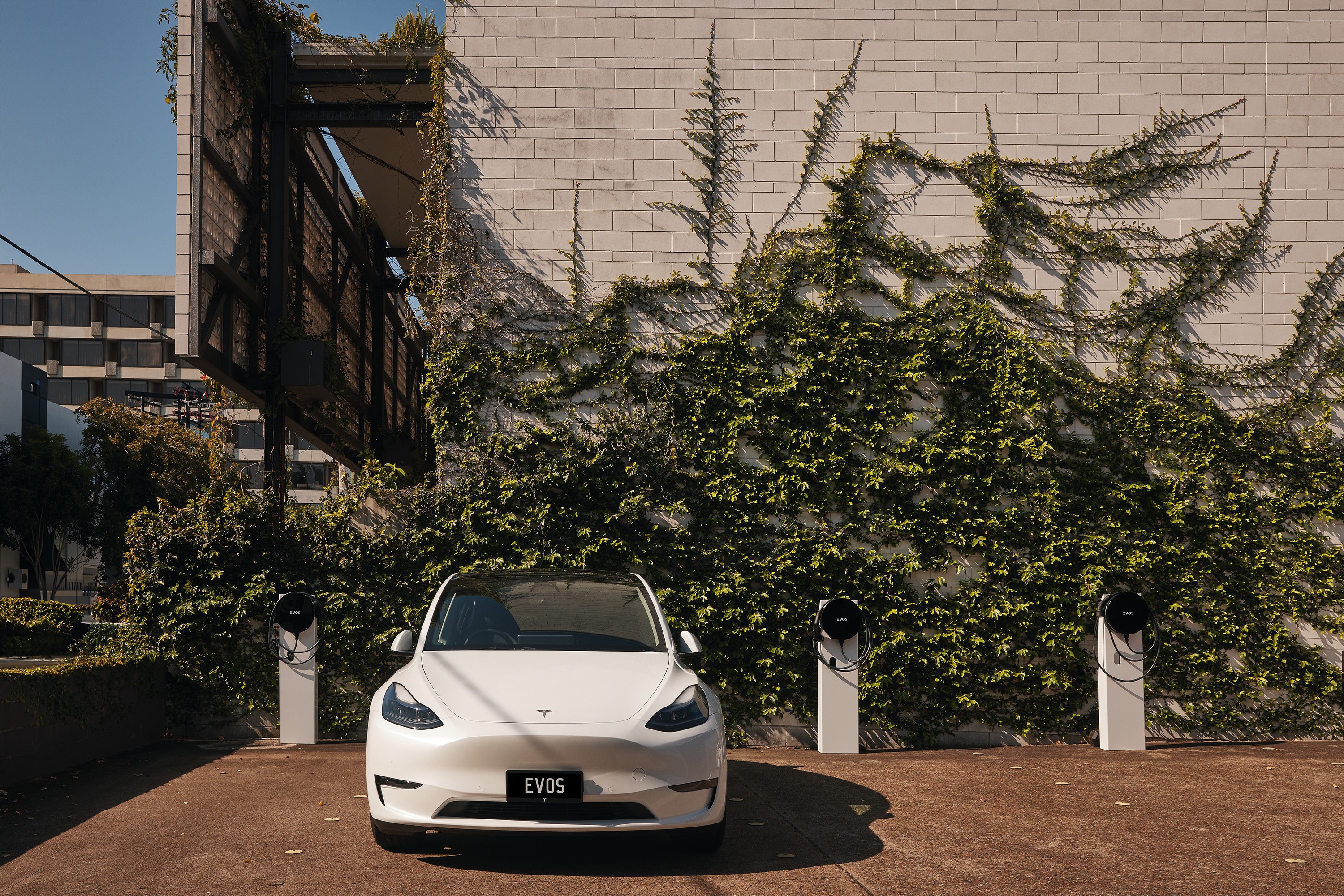

Australian businesses are increasingly transitioning to electric vehicle (EV) fleets, with leading companies like IKEA, Origin Energy and Unilever committing to fleet electrification by 2030.
However, regardless of their size, we’re seeing that companies transitioning to electric vehicle fleets to meet their sustainability goals are facing the challenge of energy management capacities at their facilities.
The amount of power required to charge an EV is significant, whilst the specific figure varies based on the model’s battery capacity. Let’s take the Tesla Model 3 – the most popular EV in Australia – as an example. It takes 50kWh to charge the Model 3 from 0 to 100%, which is enough electricity to run a 100W lightbulb for 21 days. If your business has a fleet of one hundred of these EVs, 5,000kWh of energy is required purely for charging, in addition to power needed for lighting, heating and cooling.
In many cases, the energy capacity patterns of your commercial building will be insufficient to support integrating an EV fleet without implementing a new strategy, which could result in peak load, power loss, voltage deviation, and power loss.
Power Supply Upgrades
Upgrading your premises’ power infrastructure, including transformers and switchboards, is an expensive and lengthy process. An energy assessment must be conducted, identifying circuit breaker sizes, historical peak energy loads, and usage patterns. If a power supply upgrade is required, the cost will vary based on current infrastructure, the type of business, and the requirements of the upgrade. However, not only is this often hundreds of thousands of dollars but can have a lead time of 12-18 months.
Energy Management Solutions
The good news is that effectively planning electrical demand can negate the need for both electrical installation and network connection upgrades through smart energy management.
Here at EVOS, our solutions focus on maximizing a building’s current capacity and matching the spare capacity to your business fleet’s needs. Our Dynamic Energy Balancing System (DEB) allows your business to install a larger amount of EV charging stations without increasing electrical capacity by constantly monitoring the capacity of the charger power circuit and automatically allocating the available capacity to charging EVs based on pre-configured options.
On the other hand, the EVOS Capacity Energy Matching system allows the whole building’s capacity, or selected circuits, to be used for EV charging. Live monitoring of your building’s power circuits and power feed allow EVOS to safely over-subscribe charging circuits to match demand. Load management can also enable your business to reduce costs by setting your chargers to provide specific amounts of electricity during peak versus off-peak times.
EVOS helps reduce the overall energy cost by collecting energy data from the EV, charger and the grid, allowing your business to make intelligent energy decisions without needing to upgrade the power infrastructure.
If you have any questions about our energy management solutions, reach out to our friendly sales team at sayhi@evos.com.au
Related
Related
Related
EV energy made simple.
EV energy made simple.
EV energy made simple.






